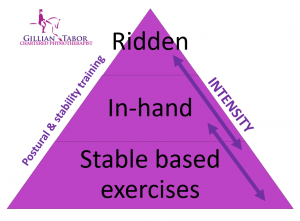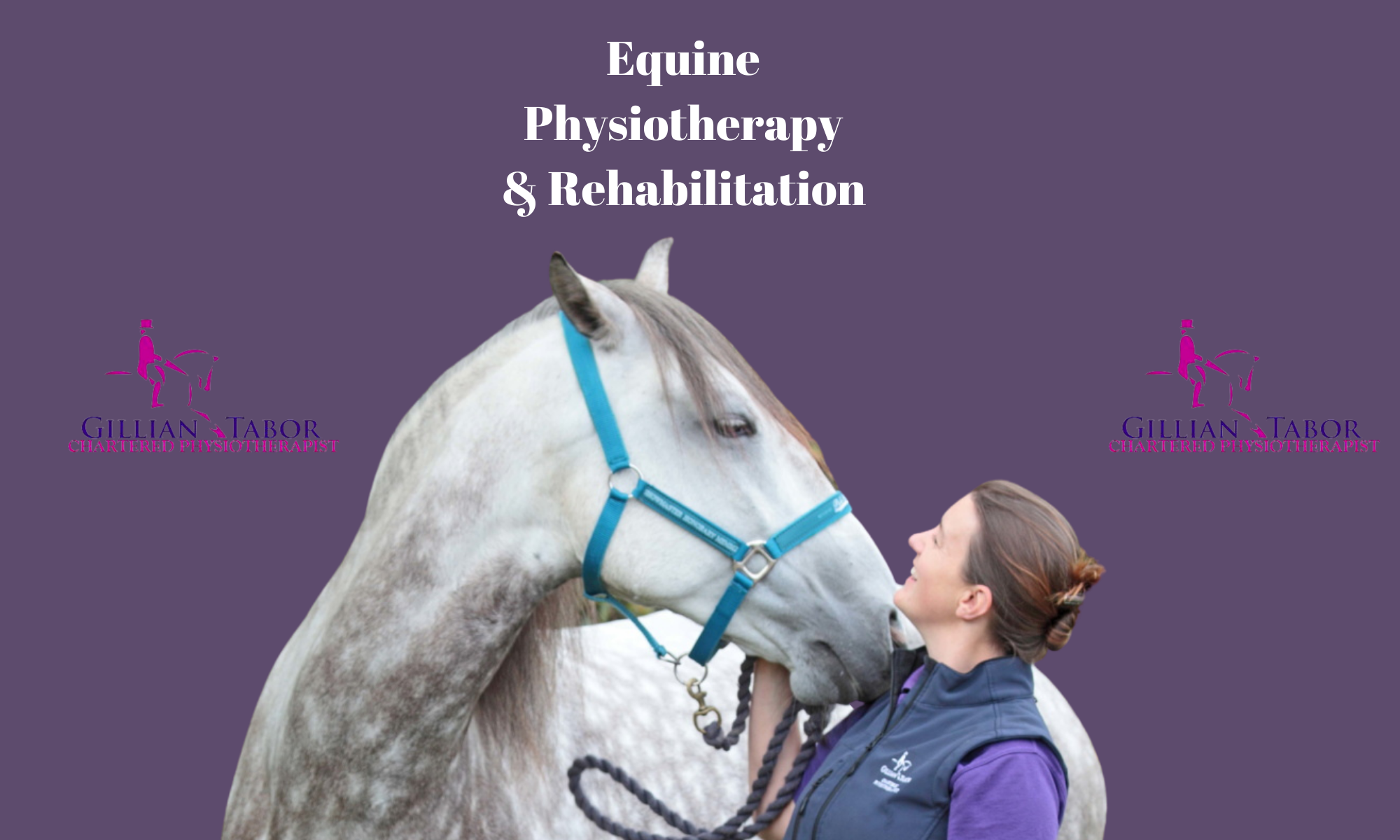The fun with horses is often comes with the faster stuff – the jumping, the galloping across the fields, going for longer rides with our friends, going to competitions
All these type of events we dream of doing with our horses are very special. However, if compare human athletes training programmes to horse training programmes, the fun stuff would be the peak of the training cycle. Human athletes with big goals, train with coaches planning in macro, meso and micro cycles. All the physiological attributes that are needed to succeed all come together at a single time.
From my experience with horses, this is a little bit hit and miss! People tend to go along doing much of the same thing and then see an event they want to go to. And it could be in two days it could be in three months. Often there’s little actual structural planning towards it.
We need to have consistency and a strategy. By consistency I do not mean doing the same thing again and again and again. You could have a consistent increase in the intensity or a consistent phase of low intensity or we could have a consistently various training programme.
Don’t get me wrong. I’m not saying we can’t do all of this fun stuff; I’m saying that we need to prepare the horse’s body for it.
One great method of training is to have a strong base layer of training to build this more intense training on. The basic training for a human runner is just getting in those slow, steady miles or for a swimmer, just going to the pool and getting the lengths in. In fact, there’s one system of training with 80% of the training amount as low level endurance training, and only 20% the intensity that would equate to jumping or going for fast work on a horse.
If your horse has an overall lower intensity training programme or they are recovering from an injury, or surgery, or maybe our goal isn’t to go round badminton, the following is just as important.

Your horse needs a base layer of exercise low intensity and regular exercises, some of which can be done in a stable. I’m sure everybody is familiar with caret stretches, but they’re not the only exercise stable based exercise to activate the stability muscular system. We want to activate the core muscles and we should be doing this every single day. This low intensity work should be the bread and butter of any training programme. We should be switching on those muscles, activating the supporting muscular systems to allow those bigger faster stronger muscles to work and not put added strain on to the horse’s musculoskeletal system.
So carrot stretches are amazing. I am the number one fan of carrot stretches but there are a few caveats
Firstly, they need to be done with careful positioning of the horse, they need to be done safely so that you don’t get eaten or knocked over. And secondly, they don’t need to be as complex as they are repeated in the research. We can just do them reaching for food between the front fetlocks and then out to each side low and wide. These are the positions that have the most effect on the spine, range of motion and where visibly you can see the most activation of the abdominal muscles and the lift of the back.
We can also do weight shifting exercises in the stable -gentle slow rock of the body from one side to the other, from front to back or on a diagonal pattern. The horse uses their core control to stabilise, but with care and with the level of movement that is appropriate for the individual horse in front of us.
We can also do balance exercises and we can do exercises that involve positive reinforcement to actually mentally challenge the horse as well as physically.
What is your training programme for 2022 with your horse?
Have you got a structure to it?
Do you know how often you want to do those higher intensity activities such as competitions or meeting up with friends for a fun ride?
Is your horse going to be prepared for it?
Are you going to be consistent in your training to get to that point in a healthy way?
My tip is to do daily stable based exercises and then build the other forms of exercises on top of this stable base.
If you are interested to learn more about the physical well-being of your horse whilst on box rest, or during periods of increased stabling, please check out my webinar – Thinking Inside the Box www.gilliantaborphysio.thinkific.com
